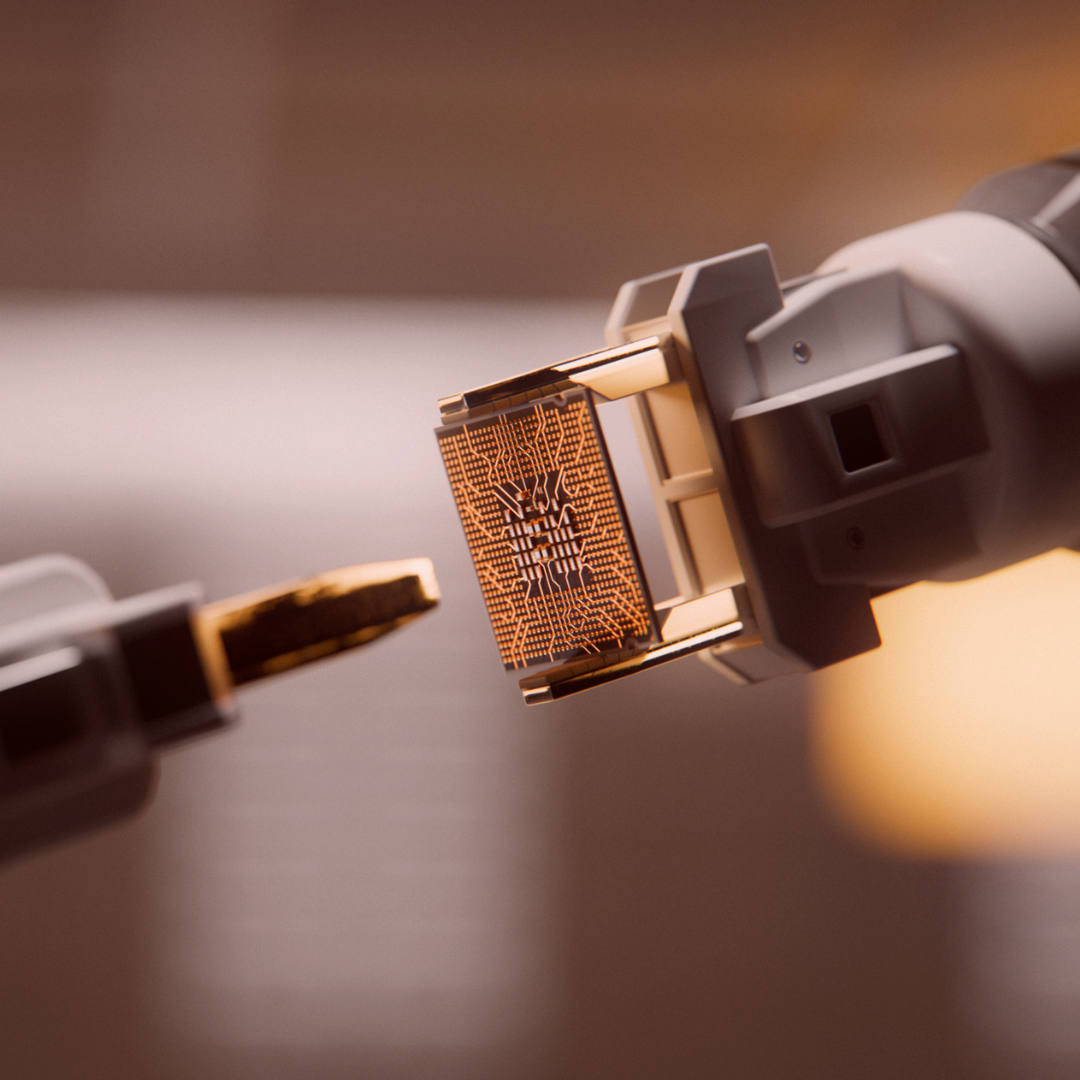Malaysia’s Next Leap: From AI Processors to Rare-Earth Sovereignty

Introduction
Over the past two weeks, Malaysia has made two decisive moves that could reshape its position in the global technology race: the unveiling of its first domestically designed edge AI processor and discussions with China on rare-earth processing collaboration.
While on the surface these appear as isolated announcements, together they form a strategic blueprint, one that could push Malaysia up the semiconductor value chain while securing its role in critical minerals for the industries of tomorrow.
The Strategic Upgrade: MARS1000 and AI Hardware Sovereignty
The launch of the MARS1000 edge AI processor, developed by Malaysian firm SkyeChip, represents far more than a simple product release. It is Malaysia’s entry ticket into the high-value semiconductor design space, a space long dominated by global powerhouses in the US, Taiwan, and South Korea (Economic Times).
This milestone matters for several reasons:
- National Technology Sovereignty – Homegrown chip design reduces overdependence on imports and strengthens Malaysia’s resilience in a geopolitically tense tech environment.
- R&D and Export Potential – Local expertise in edge AI hardware opens opportunities for export markets, particularly in IoT, smart manufacturing, and autonomous systems, sectors projected to grow exponentially.
- Complementarity with the IC Design Park – With the IC Design Park already attracting anchor tenants like ARM and SkyeChip, the MARS1000 launch demonstrates how Malaysia can combine infrastructure with tangible innovation output.
This is a signal of intent: Malaysia is no longer content with being just a downstream assembler, it wants to design, innovate, and lead.
Rare-Earths: The Next Strategic Puzzle Piece
Almost simultaneously, Malaysia confirmed that China is ready to provide assistance in developing its rare-earth processing capabilities (Reuters). Rare earths are critical to semiconductors, EV batteries, wind turbines, and even defence technology.
Malaysia has been here before, hosting Lynas, the only rare-earth processing plant outside China. But this time, the ambition is larger:
- Move from raw material extraction to high-value processing.
- Build vertical integration between minerals, semiconductors, and advanced manufacturing.
- Anchor rare-earths as part of Malaysia’s industrial security and green transition strategy.
Yet, there are caveats:
- China insists cooperation must be channelled through state-linked firms, ensuring strategic oversight.
- This could limit private-sector agility and raises questions about national autonomy if not carefully structured.
Handled well, Malaysia could become a rare-earths powerhouse, a critical supplier in the global clean-tech and semiconductor ecosystem.
The Bigger Picture: Malaysia’s Story in Motion
Viewed together, the MARS1000 processor and rare-earth collaboration form two sides of the same strategic coin. One represents intellectual and technological capacity, the other raw resource leverage.
If aligned under frameworks like the New Industrial Master Plan (NIMP) 2030, Malaysia could unlock a virtuous cycle:
- Rare-earth processing feeds advanced manufacturing.
- Domestic semiconductors drive digital transformation.
- Industrial policies create jobs, higher wages, and export strength.
This is Malaysia signalling that it intends to play not just in regional supply chains, but in global innovation ecosystems.
Key Takeaways
- MARS1000 AI Processor – Malaysia’s entry into semiconductor design, boosting sovereignty and export potential.
- Rare-Earth Processing with China – A calculated step to capture value from critical minerals while ensuring security guardrails.
- Strategic Integration – Combining mineral strength with chip innovation could push Malaysia up the global value chain.
Malaysia’s industrial transformation is no longer hypothetical, it is unfolding in real time. By pairing domestic semiconductor breakthroughs with critical mineral strategies, the nation is laying the groundwork to become a resilient, high-tech powerhouse by 2030.
Discover how these shifts tie into Malaysia’s industrial future at the Selangor Techsphere Summit 2025.
)
)